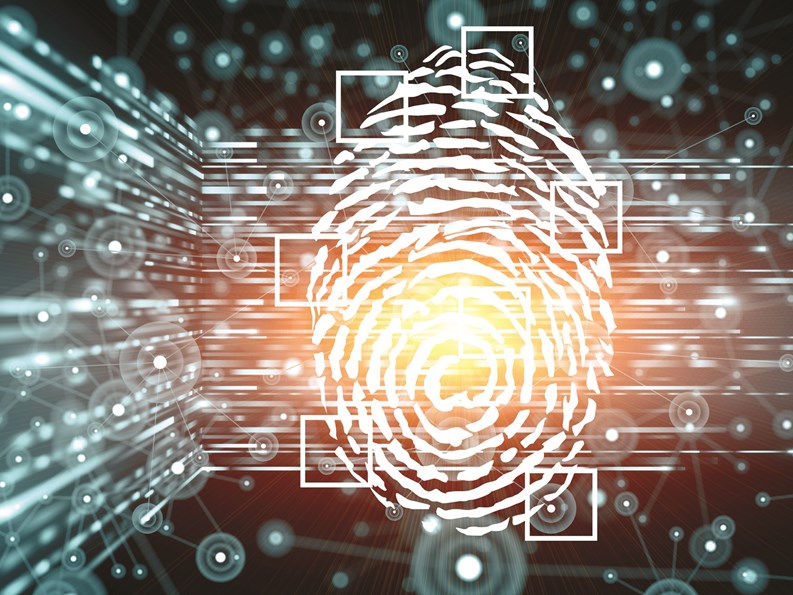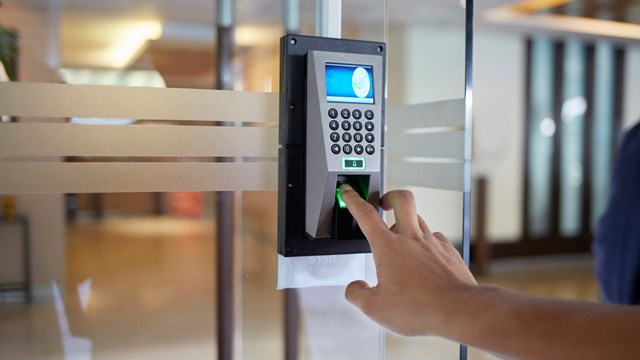On September 7, 1927, 19-year-old Philo T. Farnsworth created the first television system that could not only display, but transmit signals between separate rooms. Now, more than 80 years later, another historic date in broadcast transmissions is upon us.
On February 17, 2009, all full-power broadcast television stations in the United States will stop broadcasting on analog airwaves and begin broadcasting only in digital.
“Congress enacted this as part of the Digital Television Act of 2005 and it was signed into law in 2006,” says Robert McDowell, the commissioner of the Federal Communications Commis-sion (FCC). “Part of the rationale is that it’s more efficient to use digital technologies and they take up less of the spectrum than analog technologies.”
What this means is that any viewers who rely on antennas or "rabbit ears" to watch television will no longer get a broadcast signal unless they get a converter box. While it may seem crazy to some that people still watch TV theold fashioned way and haven’t made the switch to cable, not everyone can afford it or need that many channels. The expiring analog channels in most cases allowed for up to 21 channels, including all the major networks.
But before you start panicking that you won’t be able to watch your favorite shows come February sweeps time, don’t fret. Condos, co-ops and homeowner associations throughout New England have already begun preparing for the changeover and every building should have all the equipment necessary to receive digital broadcasts by the time next February rolls around.
Hardware Happenings
The main job for condos, co-ops and HOAs in dealing with the changeover is to make sure that their master antenna can pull in the new digital signals (VHF antennas cannot receive a digital signal but UHF antennas can).
“Around New England, most of the buildings already have a master antennawith the UHF signal because of when they were installed, so most of them don’t need to do anything,” says Will Braniff of Stark Electric in Worcester. “They can hire us to install a combination antenna if they need one; it’s nothing too complicated.”
The cost for the upgrade depends on things such as the size of the building and number of units, but generally it will run a building $2,000 or less. Thejob also can be done in a couple of hours and there is minimal disruption of any service.
Quality Control
So why the switch? Digital broadcasting will allow stations to offer improved picture and sound quality and offer additional channels.
“You can actually pack much more into the digital signals,” says McDowell. “That leaves leftover spectrum for us to use for new technologies, such as long distance wireless broadband or public safety technologies.”
Some consumers are still very concerned about how the switch will affect them and their buildings.
“The anxiety is definitely understandable,” McDowell says. “The folks who are already enjoying the benefits of digital television are finding out they get a better picture quality, sharper images, much better sound quality and they are receiving more channels. That’s one of the great secrets of digital television.”
Cable Ready
All the major cable companies in New England have been gearing up for the changeover and anyone who uses one of these cable providers doesn’t need to do much.
Verizon has been transitioning to an all-digital format on a gradual basis region by region throughout 2008 andexpects to be completely done before the end of the year. Those who have a set-top box don’t need to add any equipment, but Verizon customers who watched on analog TVs simply require an adapter.
“We are offering customers a free digital adapter by calling and letting us know what they need,” says Heather Wilner, a spokesperson for Verizon. “Another option is to upgrade to one ofour set-top boxes which will let them see more channels and enjoy special features, such as city on demand, HD programming and interactive guides.”
Those who rely on Comcast for their cable needs also need not worry.
“Comcast's customers whose TVs are connected to cable will continue to receive broadcast channels without interruption after the digital broadcast transition,” says Fred J. DeAndrea, director of public relations for Comcast Cable, Eastern Division. “If a Comcast customer has a TV not connected to cable (for example, in guest bedrooms), they will have the same options as a general consumer, however, if they give us a call, we can connect all remaining TVs to our service so they can receive all Comcast has to offer on all of their TVs.”
Role of Residents
Only consumers who use televisions with over-the-air antennas will be affected when the transition to digital broadcasting happens on February 17,but they will have different options.
It’s important for consumers to understand they do not need to replaceexisting analog TVs. A government approved TV converter box will allow consumers to continue using their existing analog TVs to watch over-the-air digital broadcasts
“Congress has set up a subsidy program to help folks get the converter boxes,” McDowell says. “Each household is entitled to receive two $40 coupons towards the purchase of the converter boxes.”
For information on how to obtain a rebate to purchase this converter from an electronics store, visit www.dtvtransition.org or call 1-888-DTV2009.
The new converter box offers the viewer the benefit of improved choice since the new box will allow them to get as many as 43 digital channels of free television over the air – comparedto 21 over-the-air analog channels.
Another option is to get a TV with a digital tuner built in and that will pickup the signal without a converter box.
Information Highway
A recent survey by the Association of Public Television Stations indicated that more than 70% of over-the-air households knew what they needed to do to keep watching TV after February 17, but were slow to take the steps. (Association of Public Television Stations, August 2008)
“Building managers and boards can help residents who currently watch TV using over-the-air antennas by encouraging them get ready for the DTV Broadcast Transition in community newsletters, bulletin boards, and co-op/board meetings etc,” DeAndrea says.
The FCC also started a nationwide blitz this summer targeting 81 marketsacross the United States to get the word out about what was happening.
According to the Boston.com website, many TV stations in the Boston/Worcester/Manchester, New Hampshire/Providence, Rhode Island area are not broadcasting their digital signals at maximum power yet and that is why some of thechannels aren’t coming in perfectly.
In particular, the digital signals of Ch. 25 (and to a certain extent, Ch. 38) in Boston, Ch. 50 in Derry, N.H., and Ch. 36 in Providence are on very low power; Ch. 25 has applied for a tenfold power increase, which should greatly improve its signal. Chs. 2, 4, 5,7 in Boston, and Ch. 10 in Providence are at nearly full power. The digital transmissions of other stations in the New England area can geography match their analog coverage area, with some exceptions.
On or before February 18, 2009, many stations will increase their coverageareas with more power so it will be easier to tune in.
Keith Loria is a freelance writer and a contributor to New England Condominium magazine and other publications.







Leave a Comment